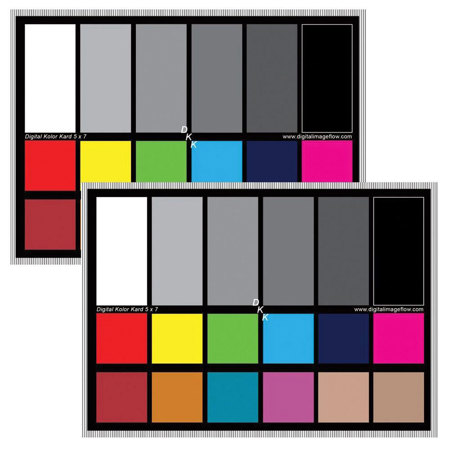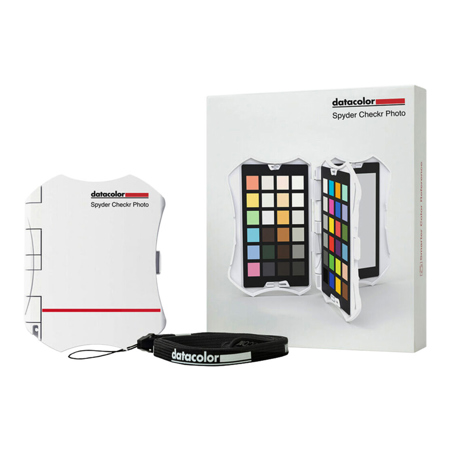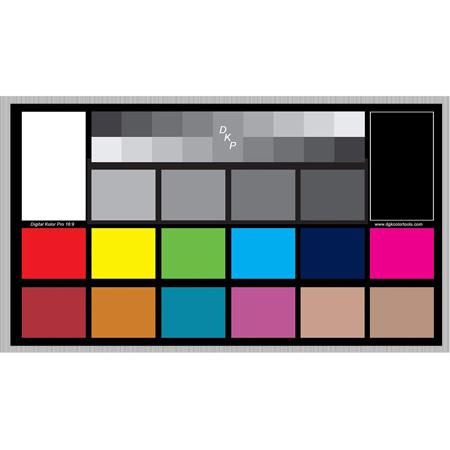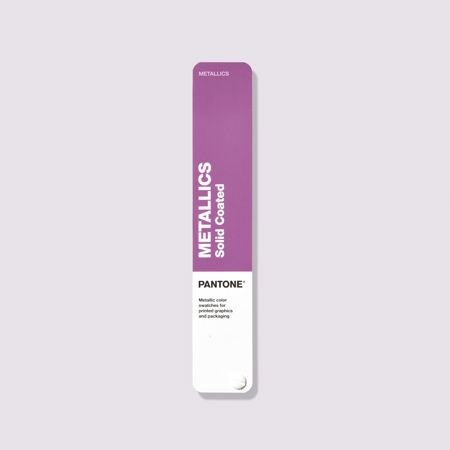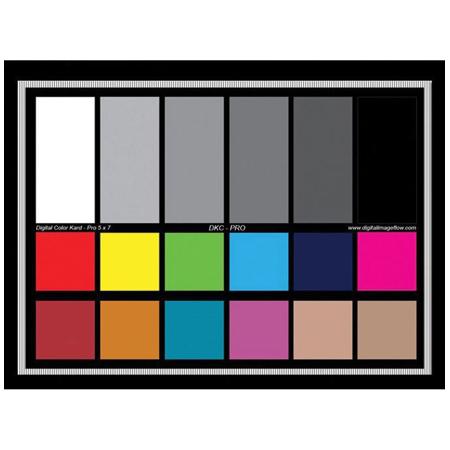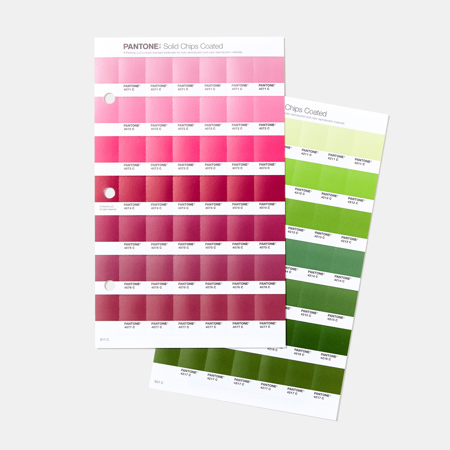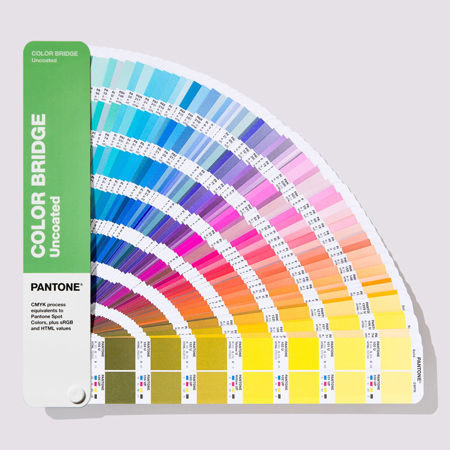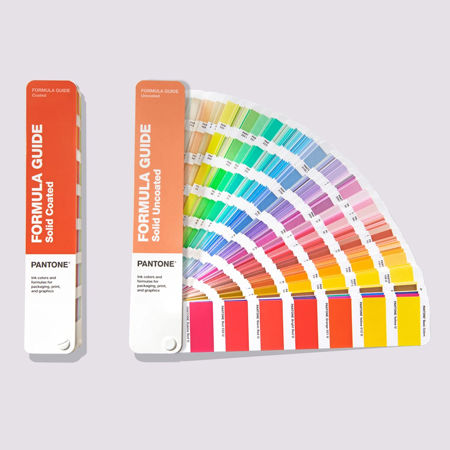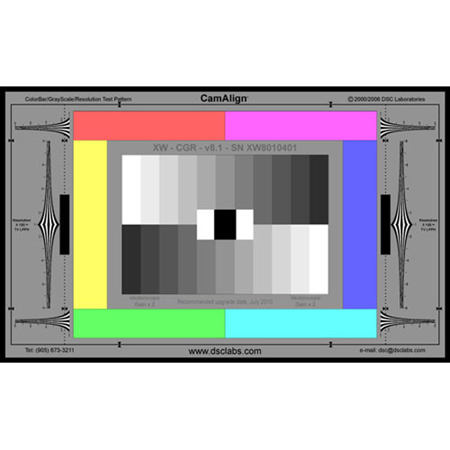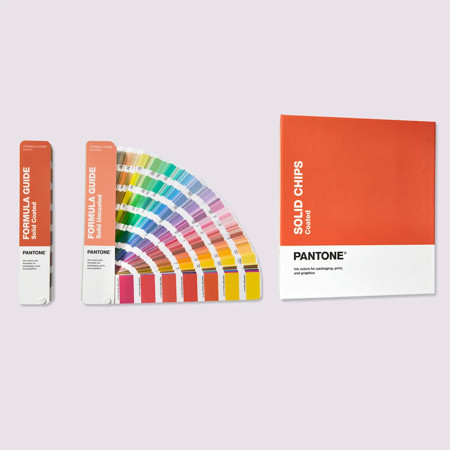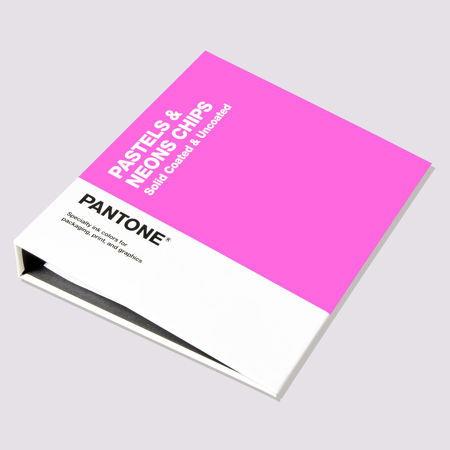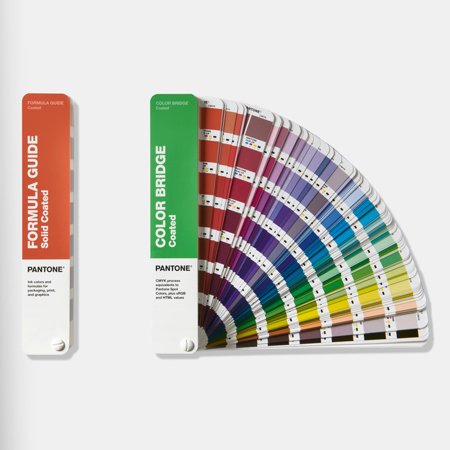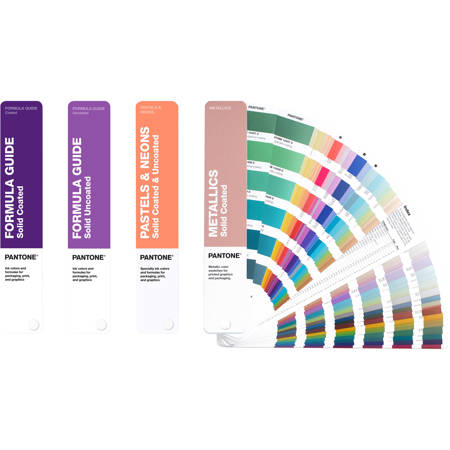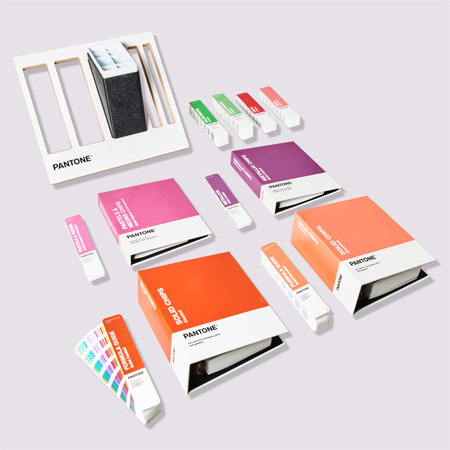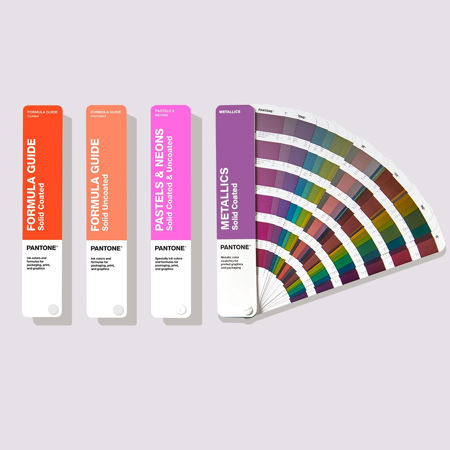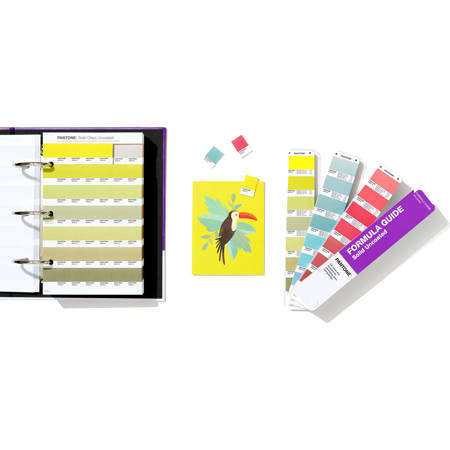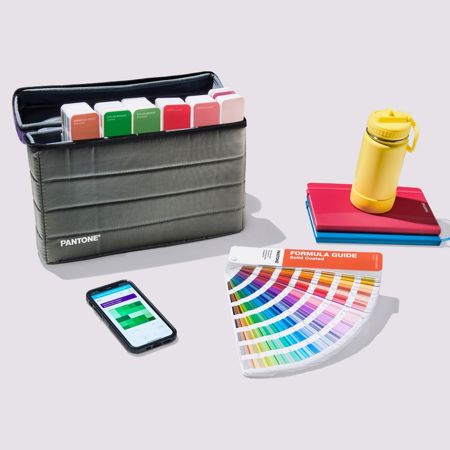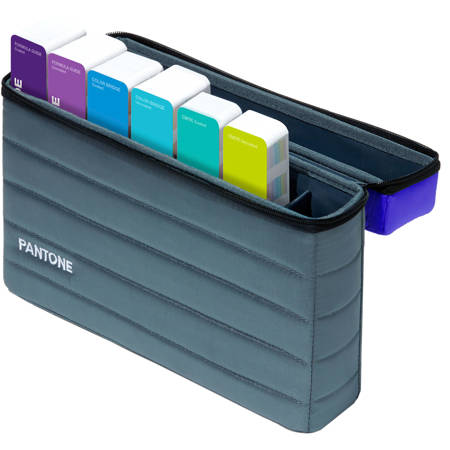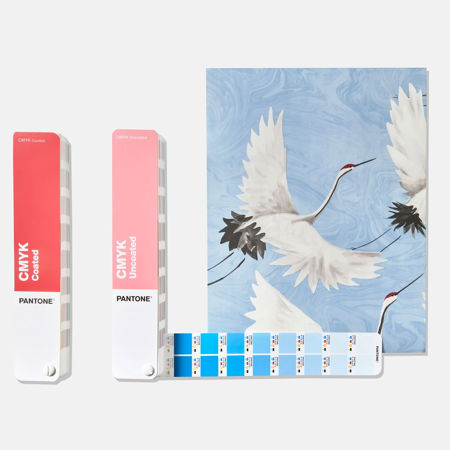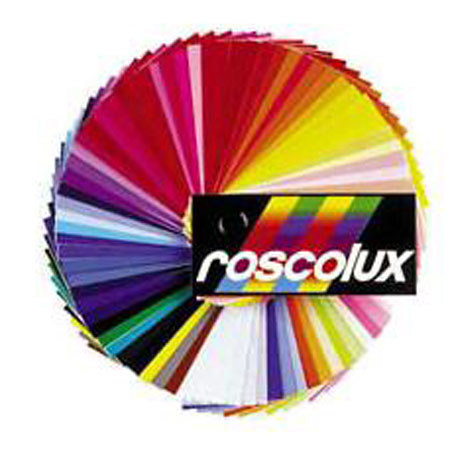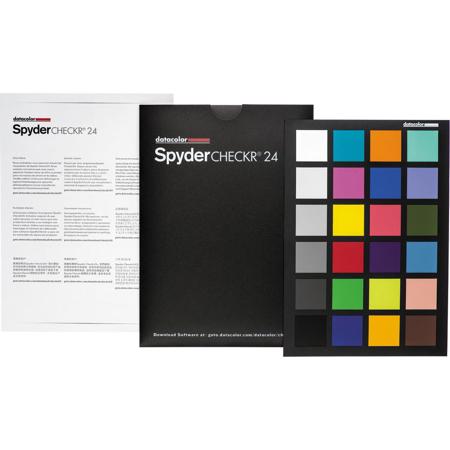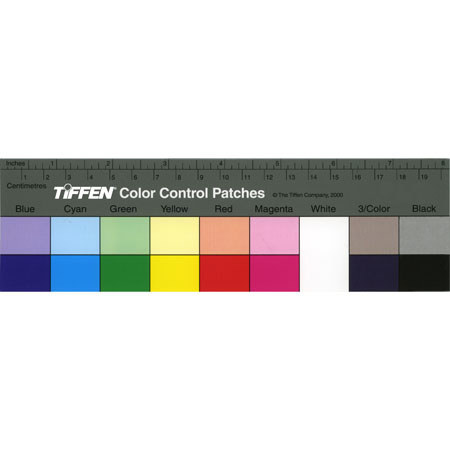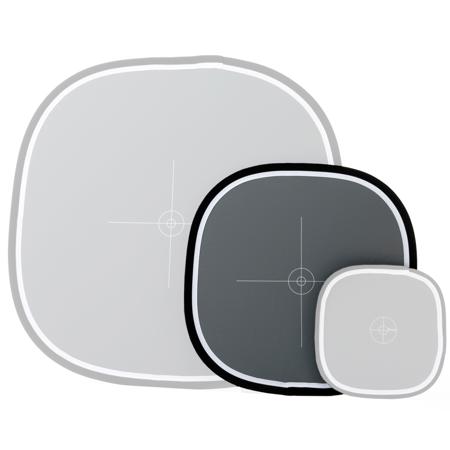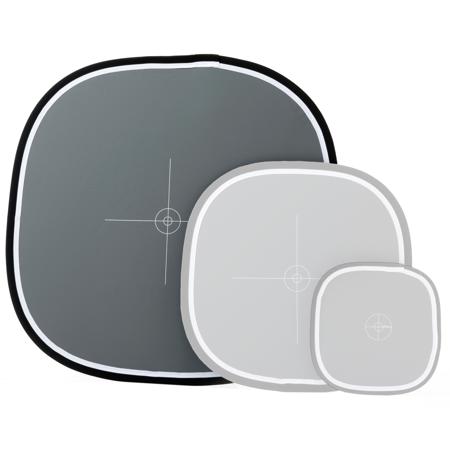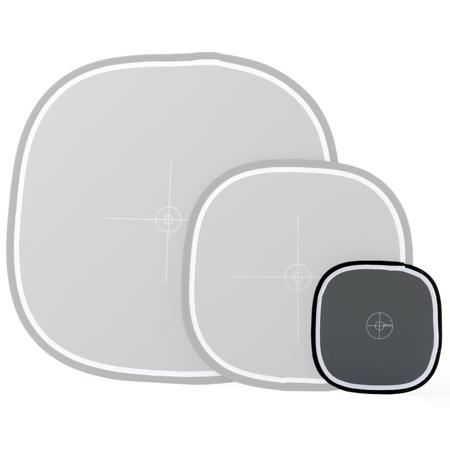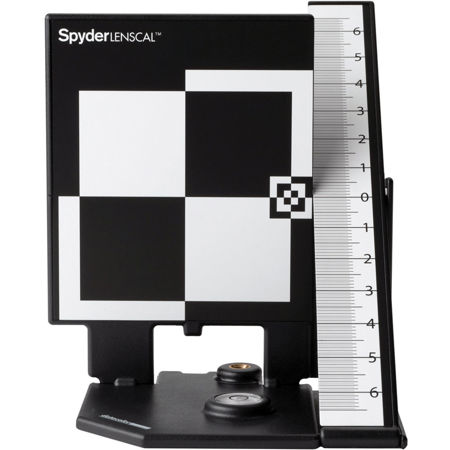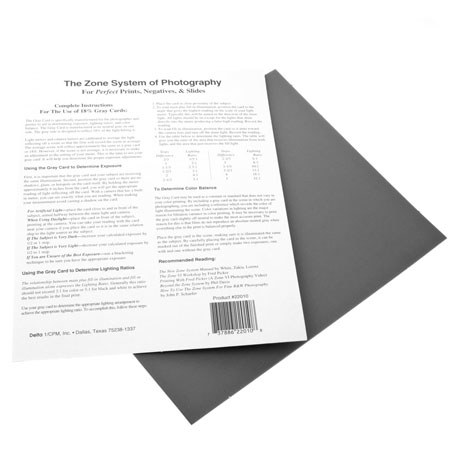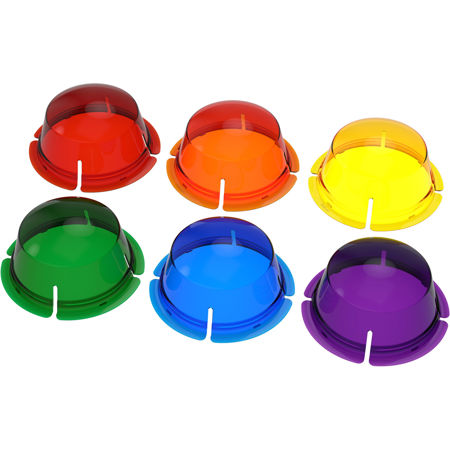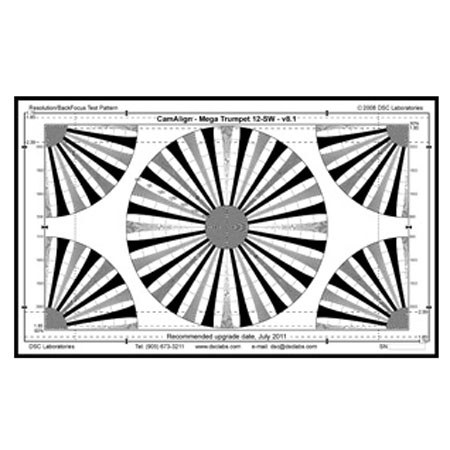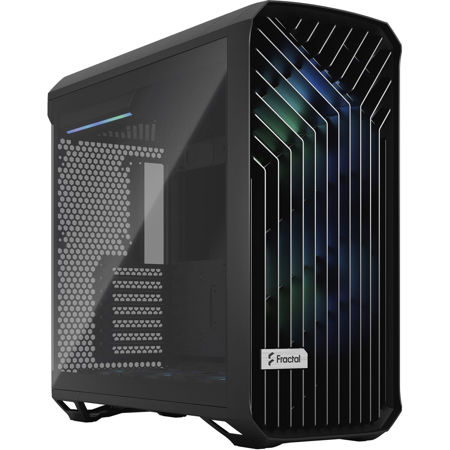Color Chip Charts
Color chip charts are an essential tool for photographers, videographers, and imaging professionals who demand accurate color reproduction in their work. Whether you’re shooting in the controlled environment of a studio or capturing the vibrant hues of a September landscape as the leaves begin to turn, a chip chart helps ensure that what you see through the lens is faithfully rendered in your final image. These charts provide a standardized reference of color swatches, each meticulously calibrated, allowing you to set a true baseline for color correction and white balance during post-production. For anyone serious about visual fidelity—be it a commercial photographer working on product shots, a filmmaker aiming for cinematic consistency, or a graphic designer preparing print materials—a chip chart becomes an indispensable part of the workflow. The process is simple yet powerful: by photographing the chart under your intended lighting conditions, you create a reference point that makes color grading and correction more precise and efficient, saving time and reducing guesswork.
The utility of chip charts isn’t limited to seasoned professionals. Enthusiasts who are passionate about elevating their craft will find them invaluable, especially as they experiment with different lighting setups or transition from summer’s golden hours to autumn’s moody, shifting tones. For educators, chip charts make excellent teaching aids, providing students with hands-on experience in understanding color science and calibration. They also make thoughtful gifts for aspiring photographers or videographers looking to build a solid foundation in technical skills. The tactile experience of holding a well-crafted chip chart, flipping through the swatches, and seeing the subtle variations in tone and saturation can be both inspiring and instructive. It’s a reminder that behind every stunning image is a careful balance of art and science, and the right tools can bridge that gap beautifully.
When considering a color chip chart, think about the environments you’ll be working in and the types of media you produce. Some charts are designed for maximum portability, fitting neatly into a camera bag for on-location shoots, while others offer larger formats ideal for studio use. Durability matters, too—look for charts that can withstand frequent handling and varying conditions, especially if you’re often outdoors. For those interested in technical image evaluation, exploring related tools such as Resolution Charts can further enhance your workflow, providing additional benchmarks for sharpness and detail. Ultimately, investing in a high-quality chip chart is about consistency and confidence. It ensures that every project, whether it’s a client commission or a personal creative endeavor, starts with a reliable color foundation—one that carries through every step of the imaging process.
The utility of chip charts isn’t limited to seasoned professionals. Enthusiasts who are passionate about elevating their craft will find them invaluable, especially as they experiment with different lighting setups or transition from summer’s golden hours to autumn’s moody, shifting tones. For educators, chip charts make excellent teaching aids, providing students with hands-on experience in understanding color science and calibration. They also make thoughtful gifts for aspiring photographers or videographers looking to build a solid foundation in technical skills. The tactile experience of holding a well-crafted chip chart, flipping through the swatches, and seeing the subtle variations in tone and saturation can be both inspiring and instructive. It’s a reminder that behind every stunning image is a careful balance of art and science, and the right tools can bridge that gap beautifully.
When considering a color chip chart, think about the environments you’ll be working in and the types of media you produce. Some charts are designed for maximum portability, fitting neatly into a camera bag for on-location shoots, while others offer larger formats ideal for studio use. Durability matters, too—look for charts that can withstand frequent handling and varying conditions, especially if you’re often outdoors. For those interested in technical image evaluation, exploring related tools such as Resolution Charts can further enhance your workflow, providing additional benchmarks for sharpness and detail. Ultimately, investing in a high-quality chip chart is about consistency and confidence. It ensures that every project, whether it’s a client commission or a personal creative endeavor, starts with a reliable color foundation—one that carries through every step of the imaging process.
